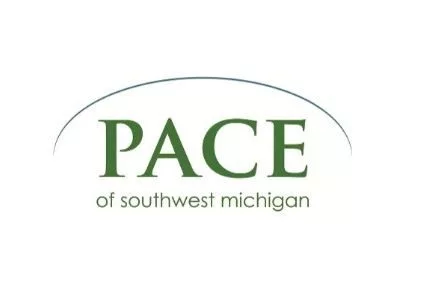The outcome of today’s Michigan revenue estimating conference largely depends on which segment of the economy you’re looking at and when. Newly updated numbers following today’s consensus conference headed both up and down depending on the time frame and account under consideration, although the State Treasurer is quite pleased.
State Treasurer Nick Khouri, State Budget Director Al Pscholka, Senate Fiscal Agency Director Ellen Jeffries and House Fiscal Agency Director Mary Ann Cleary today reached consensus on economic and revenue figures for the remainder of Fiscal Year (FY) 2017 and for the upcoming 2018 and 2019 Fiscal Years.
Following today’s Consensus Revenue Estimating Conference, net FY 2017 General Fund-General Purpose (GF-GP) revenue is projected at $10.1 billion, down $178.8 million from estimates agreed to in January. Net FY 2017 School Aid Fund (SAF) revenue is now estimated at $12.6 billion, up $152.9 million from January. Combined, GF-GP and SAF estimates are down approximately $25.9 million for FY 17.
Treasurer Khouri says, “Today’s consensus agreement reaffirms that Michigan’s economy is on solid footing and we anticipate continued growth in state revenues.” He adds, “Projected total state revenues are up $150 million since we last met in January. Citizens should very feel good about the direction the state is headed. We have made great progress in paying down our debt. Unemployment is near its lowest level in 16 years and private sector payroll jobs are up by more than 500,000 since December 2010.”
Net GF-GP revenue for the FY 2018 — which begins Oct. 1 — is now forecasted at $10.4 billion, down $114.1 million from January’s estimate, while the FY 2018 SAF revenue estimate has been revised up by $187.4 million to total just below $13 billion.
In FY 2019, GF-GP revenue has been revised down $99.8 million at $10.5 billion and SAF revenue has been revised up $199 million to $23.8 billion.
Overall, changes from the January estimates were driven by revisions to sales tax, individual income tax and business taxes. Sales tax collections, which are predominantly deposited in the SAF, are estimated to be higher than was estimated in January. Individual income and business taxes are lower than estimated in January and resulted in a lower GF-GP forecast.
Budget Director Pscholka says, “With the revenues that were agreed upon today, we now have an accurate and agreed upon revenue forecast on which to finish our work for the FY 2018 budget.” He notes, “As we heard today, our economy continues to show future growth and we are now poised to make it seven for seven when it comes to signing budgets in June, well before the September 30 deadline.”
Today’s revenue estimates are based on the most recent economic projections and forecasting models. As with any economic and revenue forecasts, there are potential risks to the estimates agreed to, including national economic trends, international economic issues, and a significant change in interest rates, inflation and oil prices.
Meanwhile, the Michigan League for Public Policy issued the following statement on the revenue projections being announced as delivered by the League’s President & CEO Gilda Z. Jacobs:
“Today’s downward revenue estimates should tell Michigan lawmakers two things. One, given the fluctuations in state revenues, it was and continues to be foolhardy to consider tax cuts that would further jeopardize state services. The state’s General Fund has not kept pace with inflation, and Michigan now has the second highest reliance in the nation on federal funds for basic services. Deep cuts sure to come in the federal budget—along with existing demands on state general funds—could put Michigan in a very precarious fiscal position and threaten the state’s ability to support the services and infrastructure needed to keep the economy growing. Lawmakers should be focused on creating a tax system that is fair and able to withstand economic downturns or swings in federal policy. We simply can’t afford to cut taxes in a time of unpredictable revenues.”
Jacobs also says, “Two, in the context of lower than expected revenues, legislators must be very strategic when allocating state revenues to make sure that state spending priorities match the needs of Michigan’s residents. This includes investing funds in the current state budget in child care and heating assistance to leverage hundreds of millions in federal dollars to support working parents and put food on the tables of kids, seniors and people with disabilities through ‘heat and eat.’”
The Michigan League for Public Policy is a nonprofit policy institute focused on economic opportunity for all.






